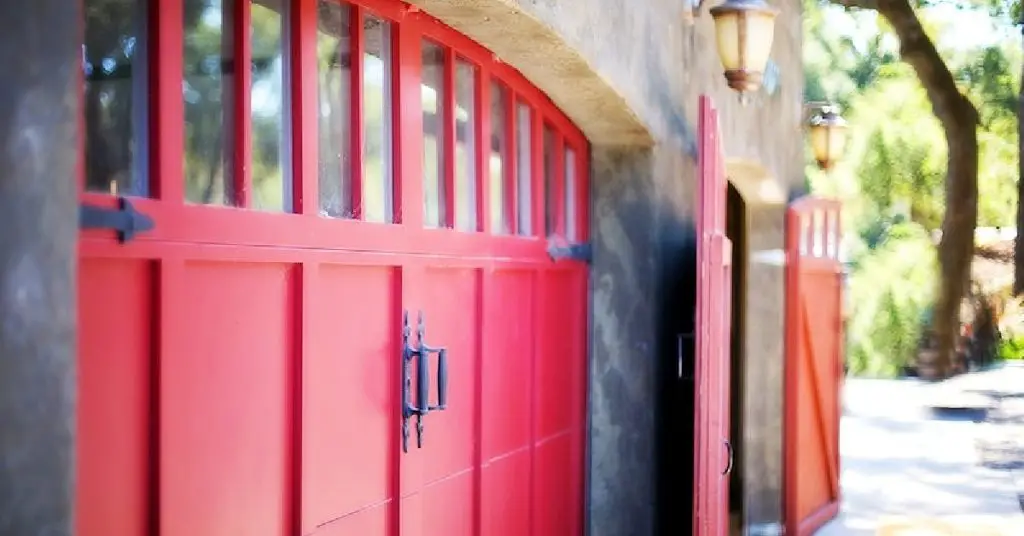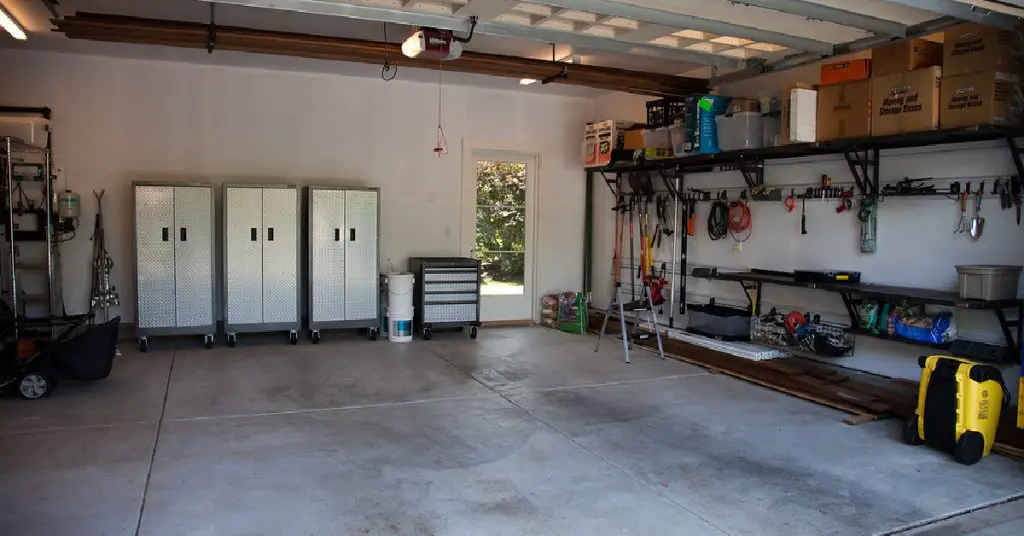Has your garage door developed an unwanted hole? Damage to a garage door can happen over time from corrosion, impact, or other causes. Depending on the size and location of the hole, it may need to be repaired for security, weatherproofing, appearance, and proper operation of your garage door. Fixing holes in garage doors is often a straightforward process if you have the right materials and techniques. Here’s a complete guide on how to fix hole in garage door in no time.
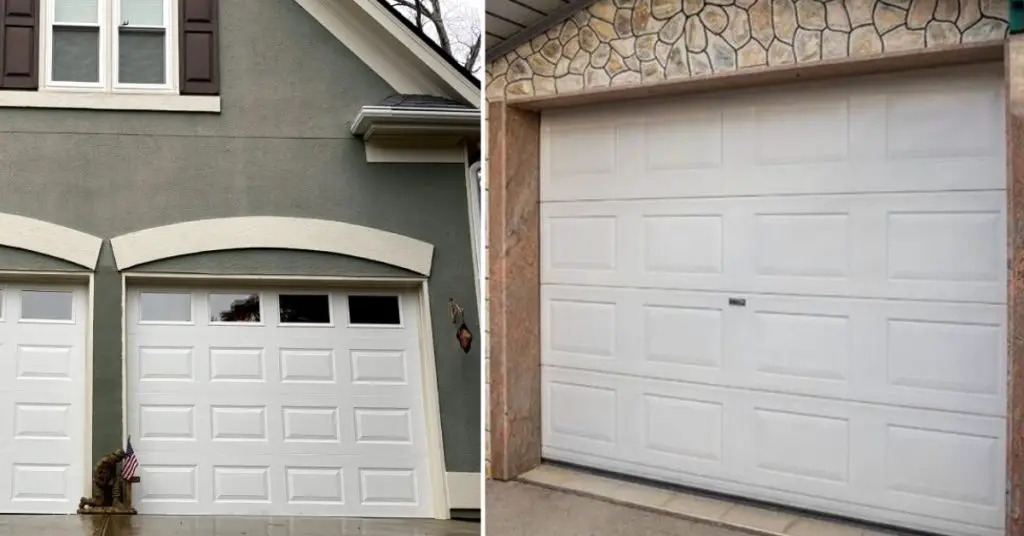
What is the Reason for the Hole in the Garage Door?
There are many reasons that a hole could appear in your garage door.
- The most common reason is weather damage. If you live in an area with extreme weather conditions, such as high winds, hail, or hurricanes, your garage door is at risk of being damaged.
- Another common reason for a hole in a garage door is animal damage.
- If your door is exposed to extreme sun or cold, the material can warp and crack. This is especially true for doors made of wood or plastic.
- High winds can cause debris to fly into your garage door, causing a hole.
Cost of a Door Repair Service
A garage door repair service can be expensive. A garage door repair service will cost between $100-$300. The average homeowner spends around $200 per year on garage door maintenance. But if you know what to look out for, you can avoid costly repairs. Read on to learn more about common problems and how to fix them yourself.
You Can Check It Out to Align Garage Door Sensors
7 Proven Steps for How to Fix Hole in Garage Door
How to fix hole in garage door in it can be a daunting task. This guide will walk you through the steps of fixing the hole and keeping your garage in good shape.
Step 1: Assess Damage
The first step is to assess the damage to your garage door. Look closely at the size and location of the hole. Also check for any additional damage, dents, corrosion, or other degradation around the hole area. Identify what may have caused the damage if possible.
Step 2: Identify Your Garage Door Type
Next, you will need to identify your garage door type. Determine if you have a wood, metal, fiberglass or vinyl door. The specific repair techniques can differ slightly depending on the door material. Inspect the area thoroughly and consider if full panel replacement or entire new door installation might be more cost-effective.
Step 3: Gather the Necessary Repair Supplies
For metal doors:
- Metal patches/plates
- Pop rivets
- Lag bolts and washers
- Metal-bonded filler/putty
- Sandpaper
- Matching paint
For wood doors:
- Wood filler, epoxy, or wood patches
- Wood glue
- Sandpaper
- Matching exterior paint
Step 4: Clean and Prepare the Damaged Area
Now you are ready to begin the repair process. First, clean and prepare the damaged area thoroughly. Use a wire brush and abrasive flap wheel attachment on a drill to remove loose debris, rust flakes, or splintered wood from the hole and surrounding area. Smooth out any jagged or uneven edges around the hole.
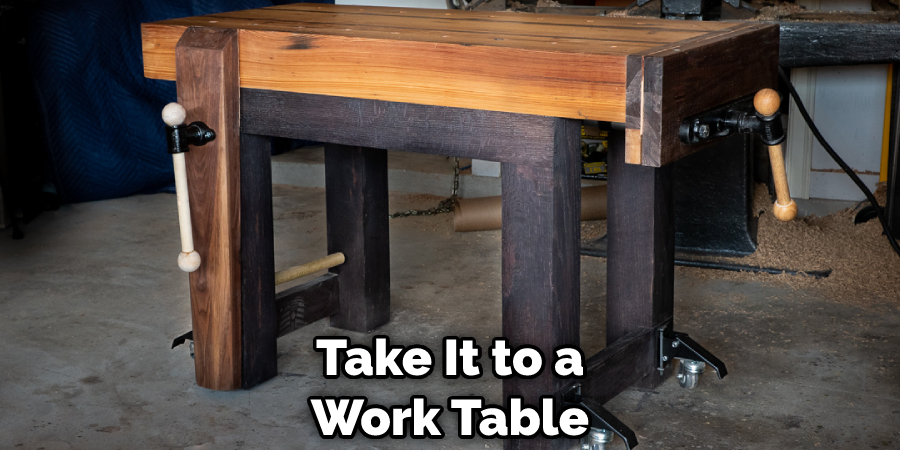
Step 5: Install a Filler Patch Secured Over the Hole
Next, install a filler patch over the hole. For metal doors, secure a metal plate with pop rivets or lag bolts. Align wood patches or blocks over holes in wood doors and clamp them into place tightly. Apply wood glue on all contacting surfaces before attachment.
Step 6: Blend the Repair Patch Into Existing Door
Once patches are solidly affixed over the hole, blend the edges into the door surface. On both metal and wood doors, generously apply metal-bonded filler, wood epoxy, or wood putty over top of the entire repair plate/block and hole area. Smooth evenly to match the door contour. Allow proper curing and drying time.
Step 7: Sand and Finish Repaired Area
With filler applied, sand and finish the repaired spot on your garage door. Use medium to fine-grit sandpaper to blend and smooth the filler evenly. Brush and apply matching garage door paint, allowing proper dry time between coats to achieve a uniform finish. Re-install any weatherstripping that was disturbed or damaged.
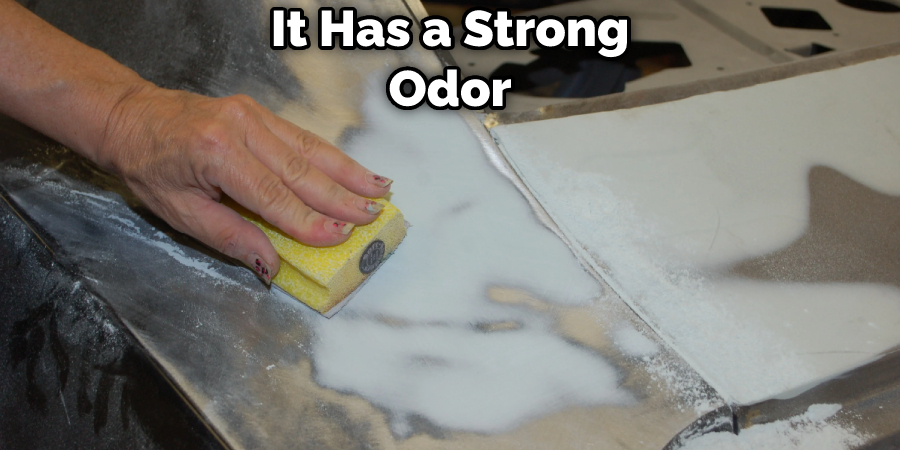
You Can Check It Out to Fix Gap at Top of the Garage Door
Checklist After You Successfully Fixed the Garage Door Hole
After you fix the garage door hole; check the below list to make sure everything is done correctly.
Check for Safety Hazards
When fixing a hole in your garage door, you need to be sure there are no hidden safety hazards. This includes checking the wiring and sensors. You should also keep in mind that you should not leave tools on the floor or against the wall. This can lead to accidents and injuries.
Check the Door Mechanism
If you notice any unusual noises coming from your garage door, check the mechanism first. This includes the springs, cables, rollers, and hinges. Make sure these parts aren’t loose or damaged.
Look for Loose or Bent Tracks.
Next, check the tracks themselves. Are they bent or twisted? You should also make sure there isn’t anything obstructing the track. If you see any damage, contact a professional garage door repair company immediately.
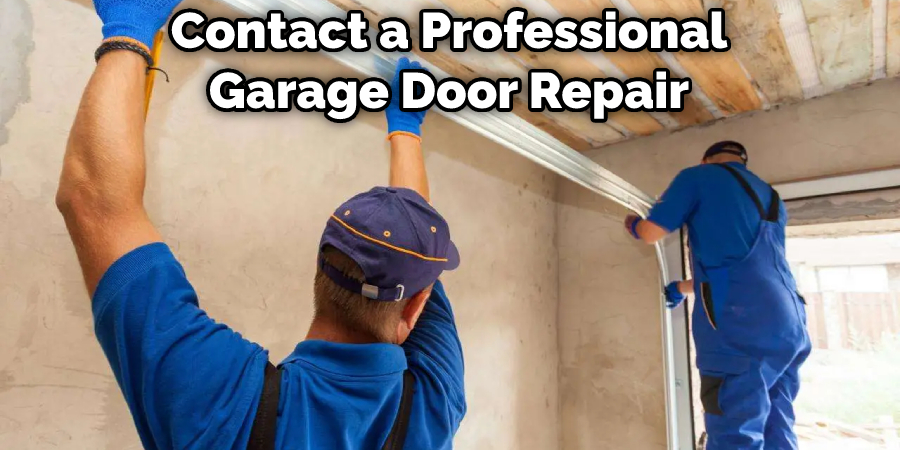
Test the Lift Springs.
To test the lift springs, simply pull up on the cables until the spring tension is released. This will allow you to determine whether the springs need replacing.
Inspect the Torsion Spring.
If the torsion spring has been damaged, it will not be able to hold the door open. You should replace the entire mechanism if the spring is broken.
Check the Cable Brackets.
Look at the cable brackets on the sides of the garage door. They should be securely attached to the wall with screws. If they aren’t, then you need to install new ones.
You Can Check It Out to Manually Lock Garage Door
Frequently Asked Questions About How to Fix Hole in Garage Door
Can You Patch a Hole in a Garage Door?
A hole in your garage door can be a real inconvenience. If you have a hole in your garage door, it’s important to patch it as soon as possible. A hole in a garage door can let in contaminants, moisture, and weather, which can cause damage to your garage and belongings. This is a common problem that can be solved with a little bit of effort. There are a few different ways to patch a hole in a garage door. The first option is to use a piece of fabric to patch the hole. Else use a foam patch, a metal patch, or a wooden patch. You can Sometimes it’s easy to patch a hole with a few household supplies, but other times you may need the help of a professional.
Which Garage Door is Better Fiberglass or Steel?
When deciding which garage door is best for you, there are several factors you should consider. The most common garage doors are made of wood, steel, aluminum, or fiberglass. Fiberglass garage doors are made of a fiberglass/polyester composite. Fiberglass doors are a good choice if you are looking for a door that is both durable and easy to maintain. Steel garage doors are made of steel. Steel doors, on the other hand, are a good choice if you are looking for a door that is more affordable. Fiberglass is more expensive than steel but it is also more durable.
Can You Patch a Hole in a Metal Door?
Certainly! To patch a hole in a metal door, start by cleaning the area around the hole and cutting a metal patch slightly larger than the hole. Secure the patch to the door by welding it along the marked outline or using a metal bonding adhesive, then grind down any excess material to make the patch flush with the door’s surface. Finally, apply metal primer and paint to finish. Remember to wear safety goggles and gloves, and work in a well-ventilated area if using a welding machine or adhesive.
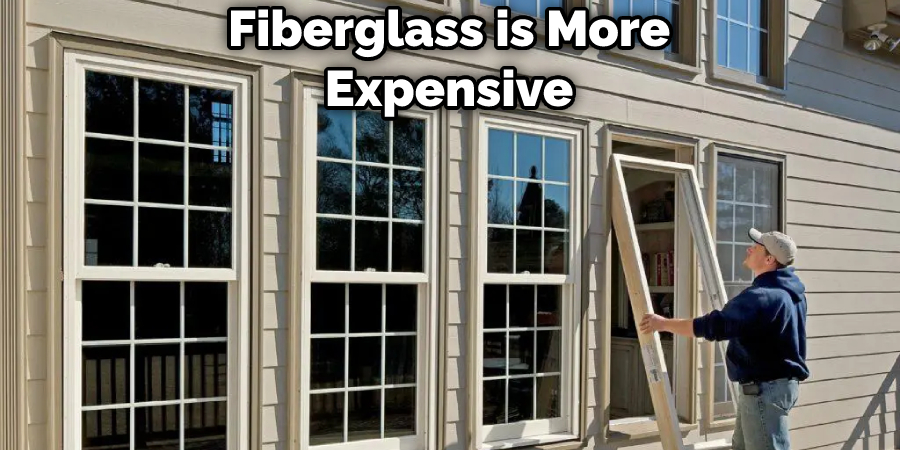
Conclusion
Following these full repair steps closes up unwanted holes while keeping your garage door fully functional and looking like new. Be sure to address any underlying issues or additional visible wear on older garage doors. Perform periodic inspection and maintenance to maximize operational lifespan.

